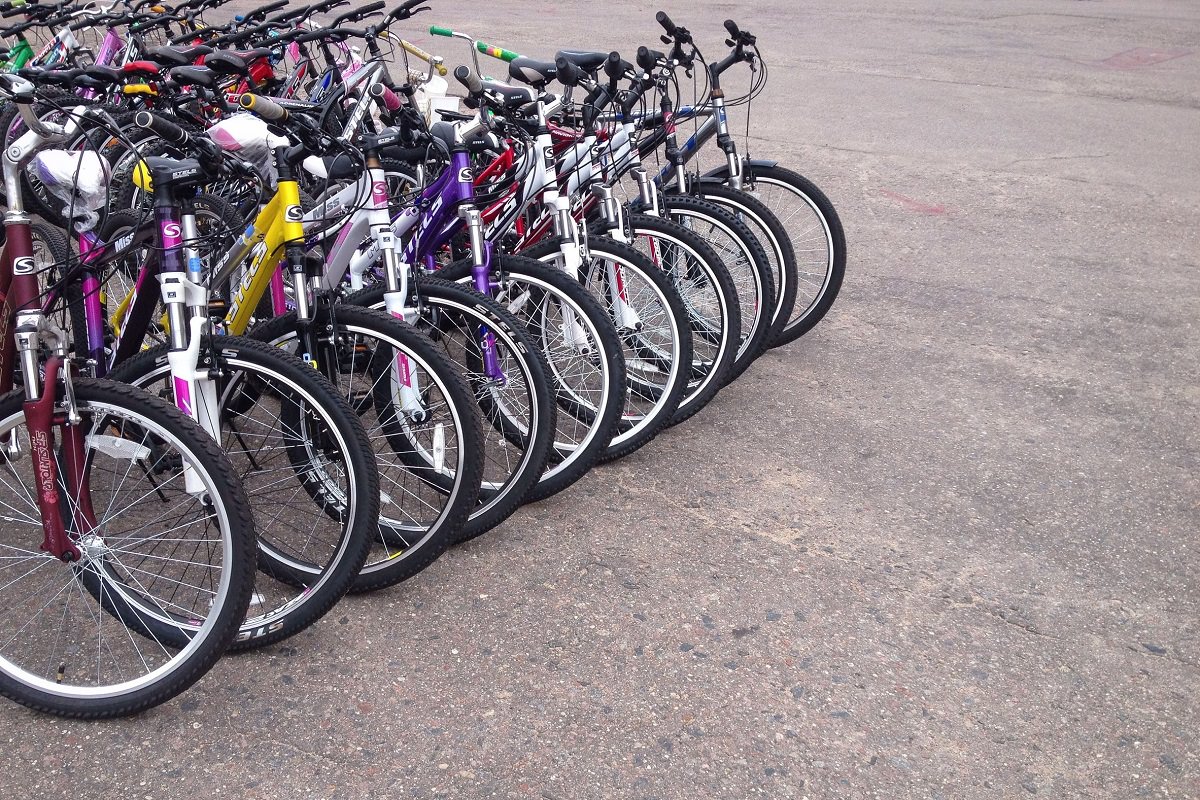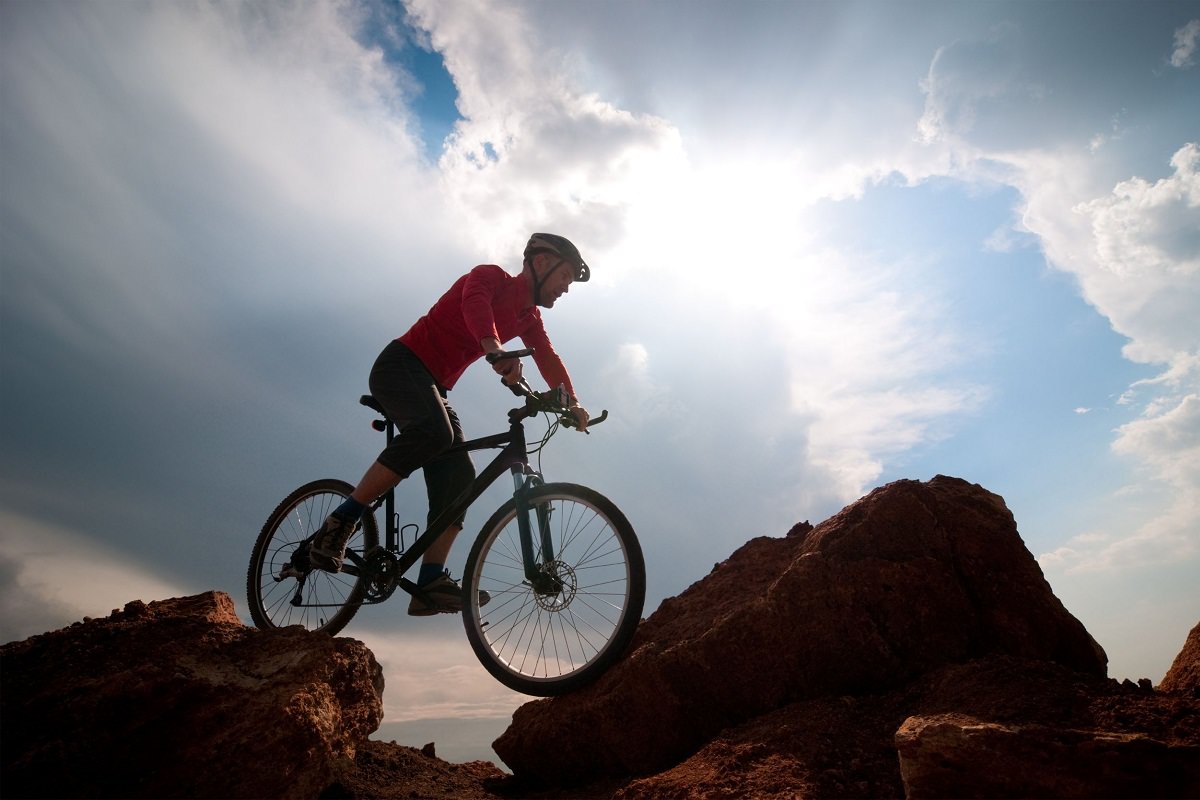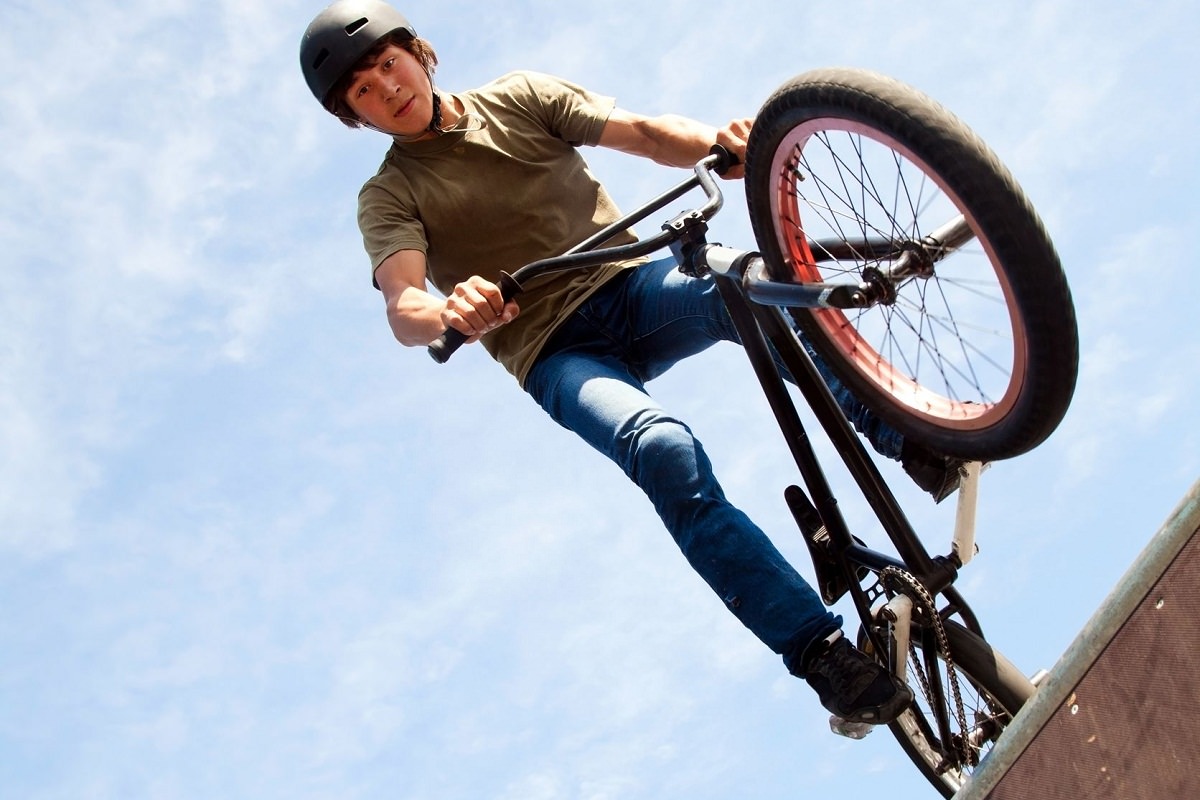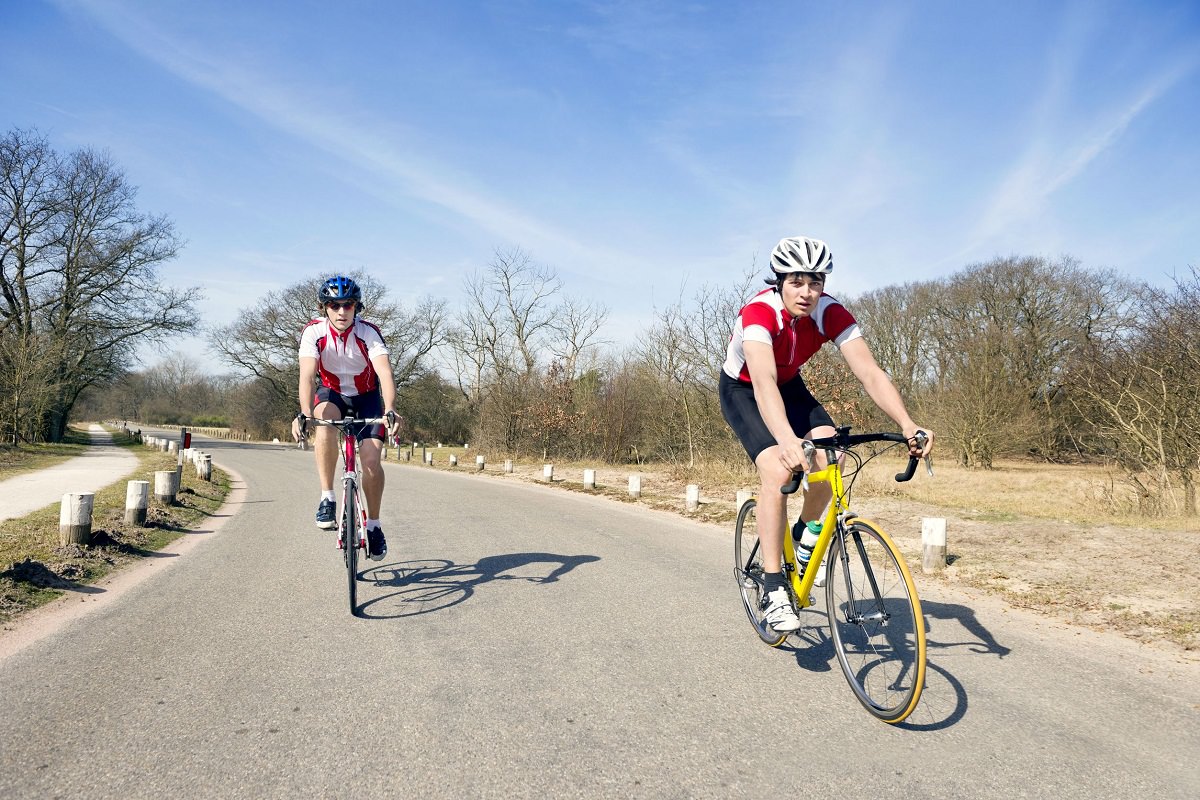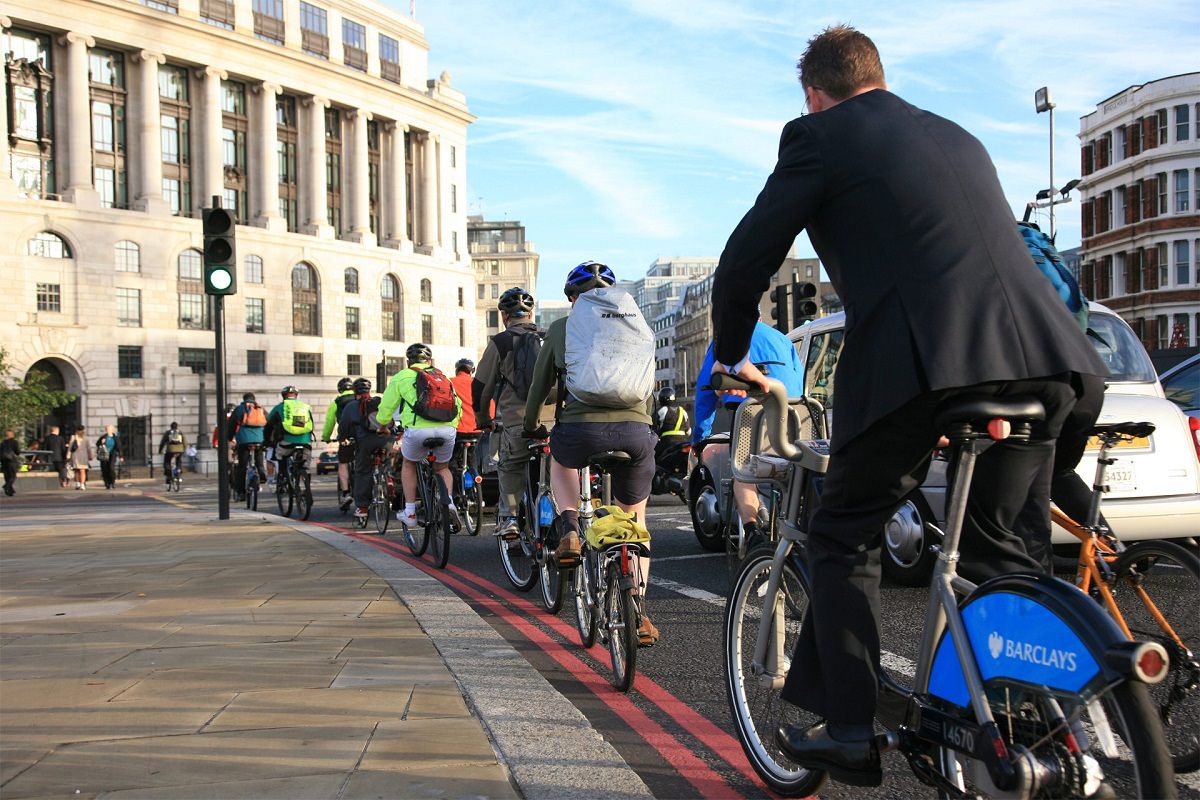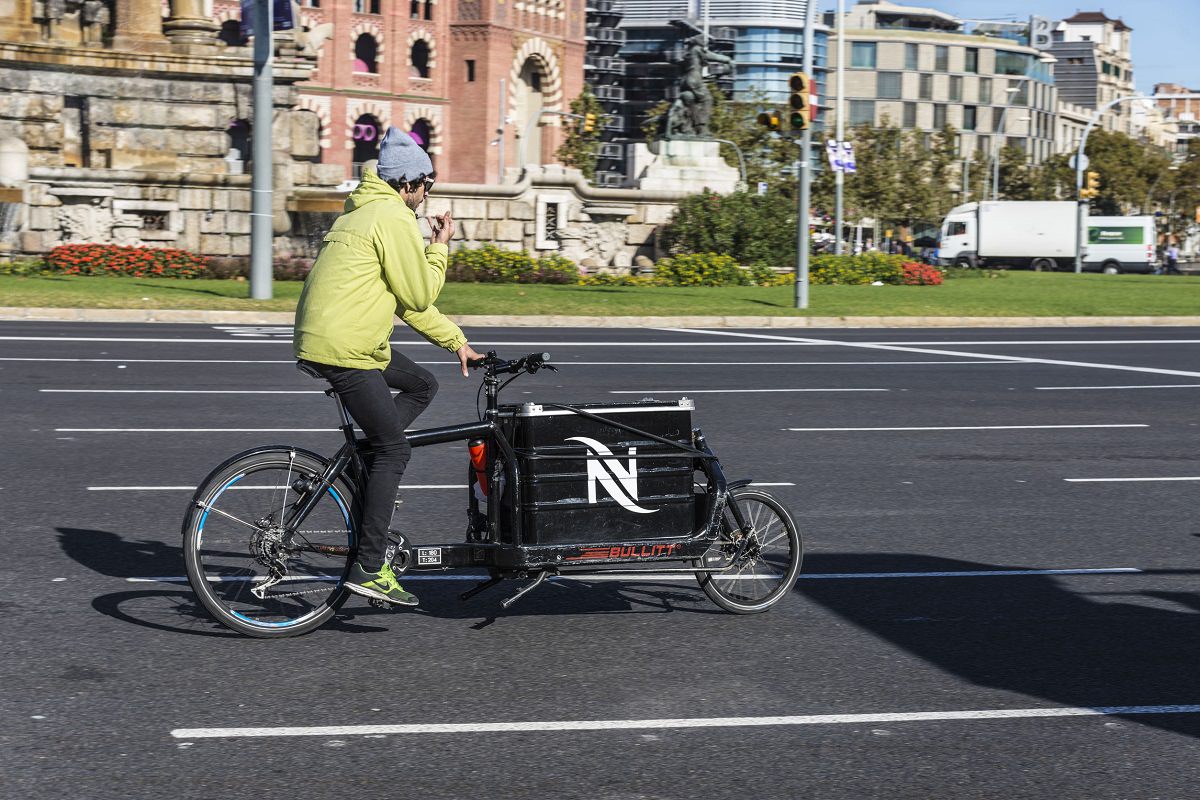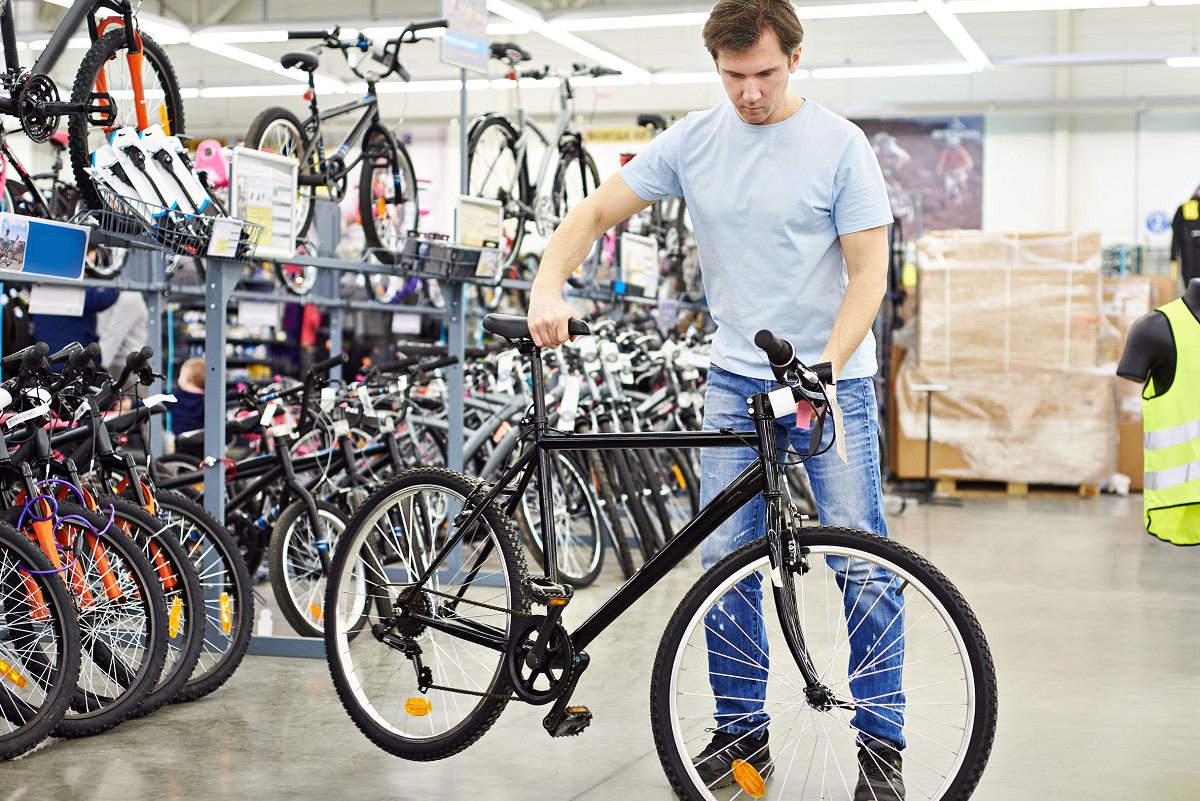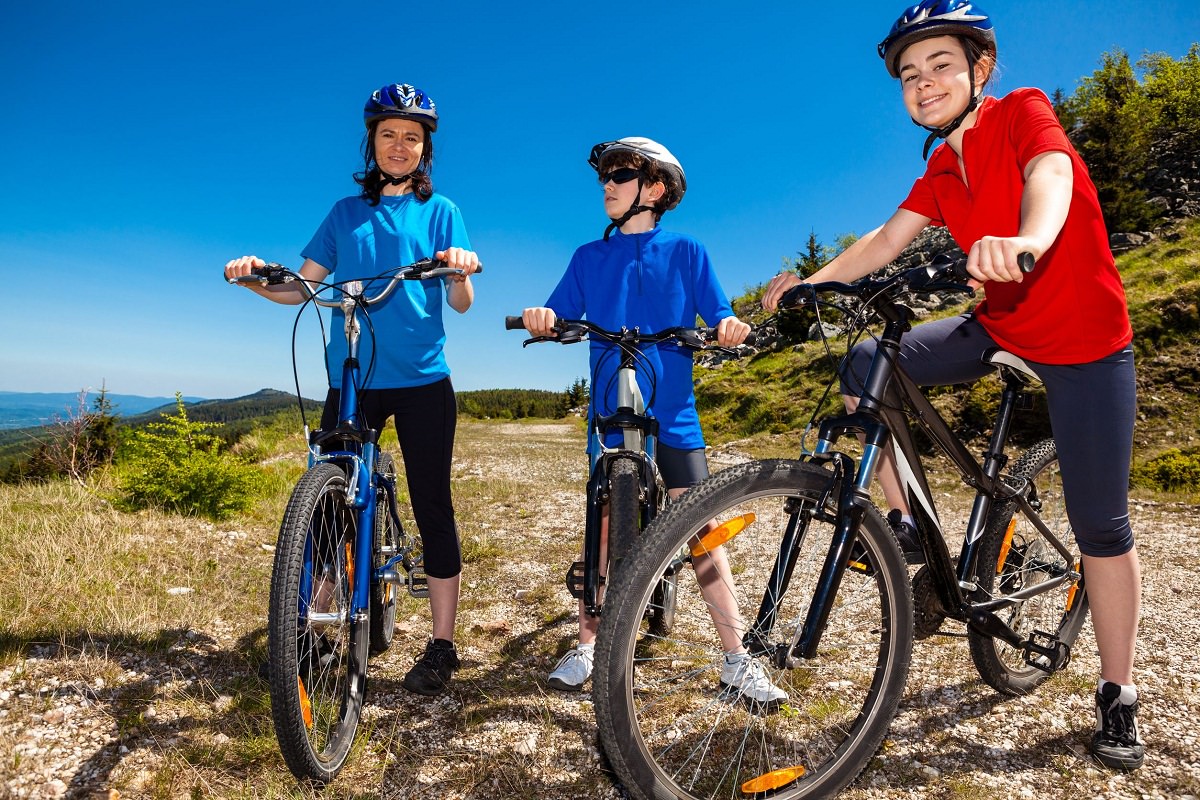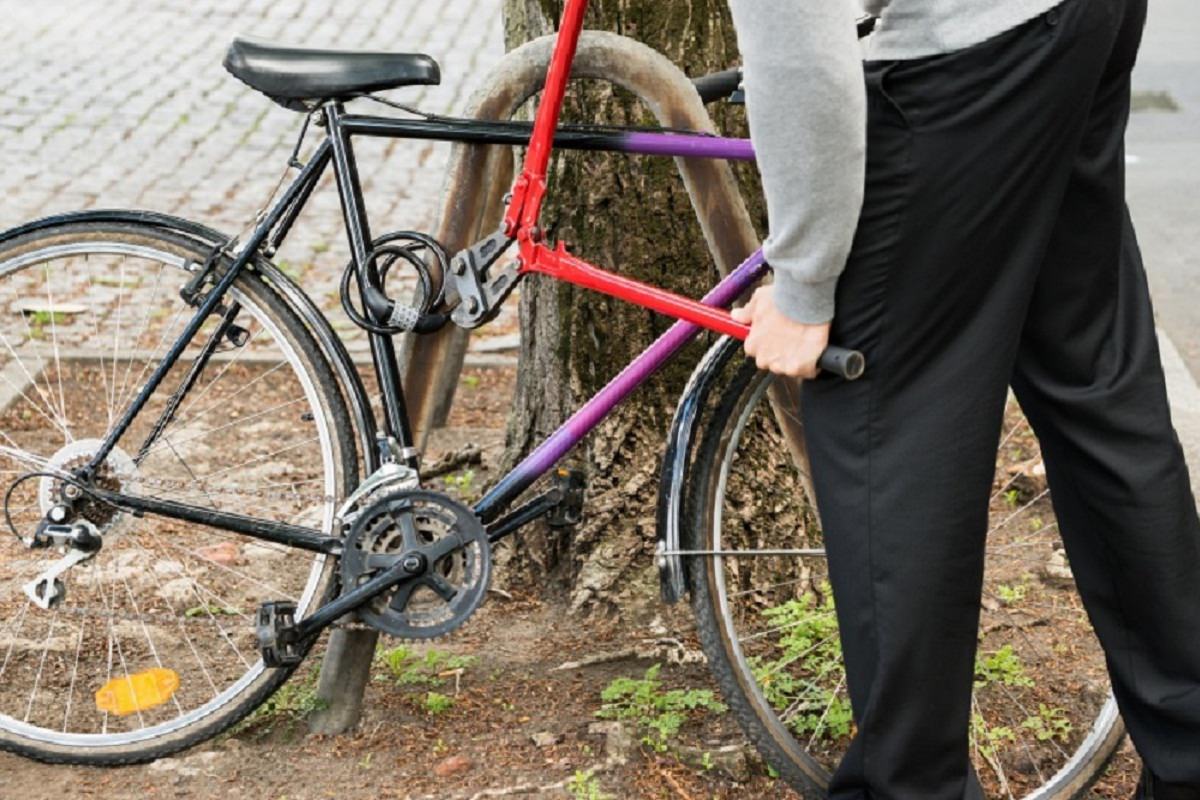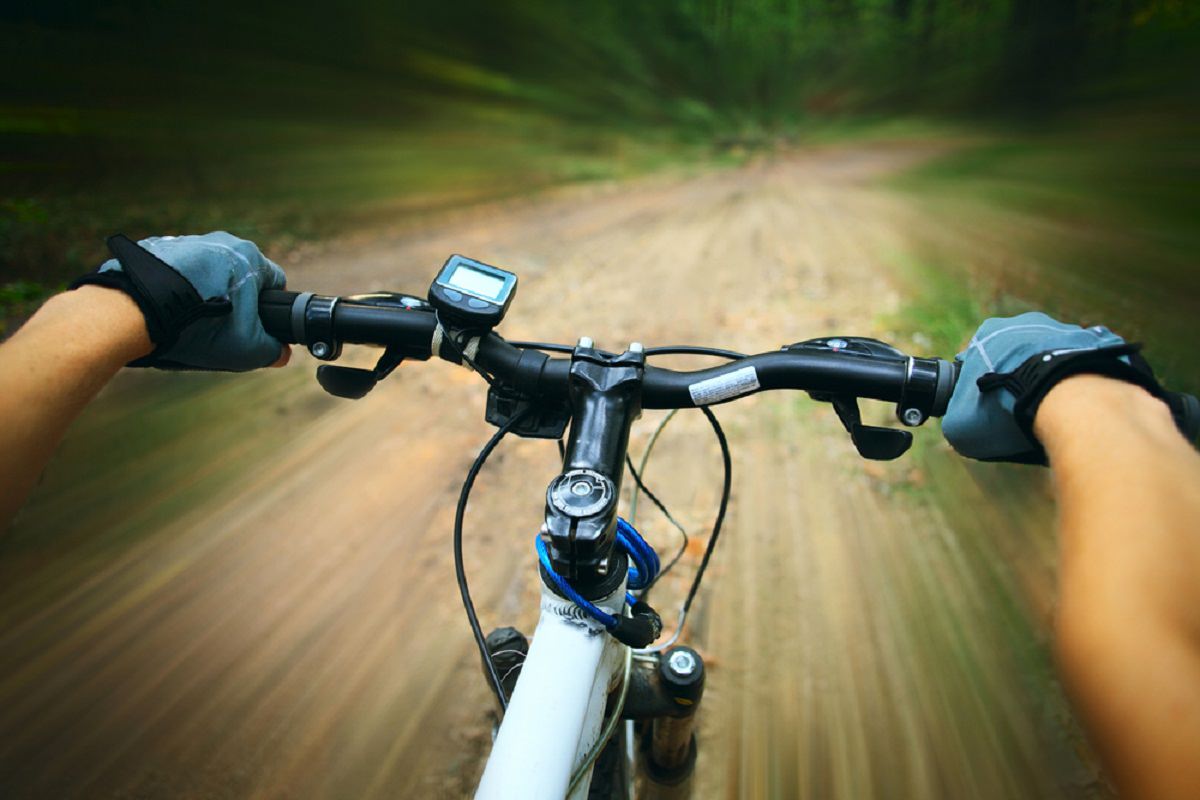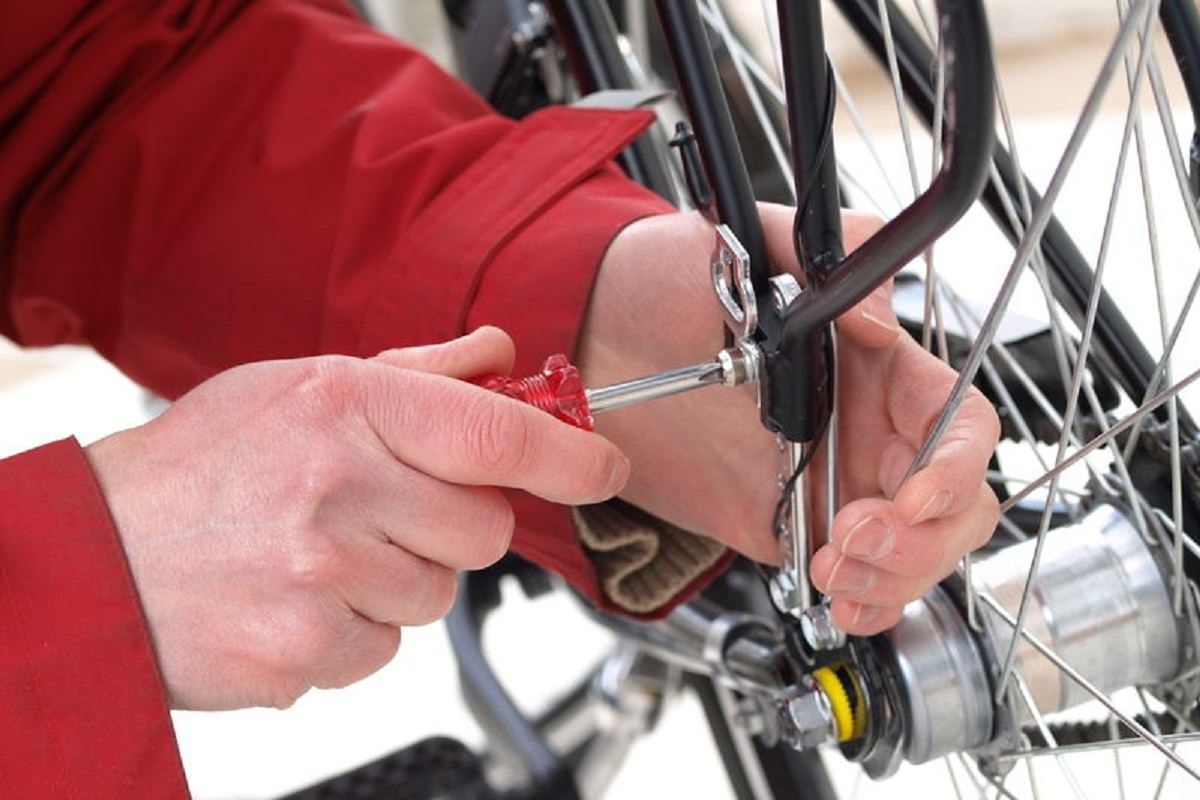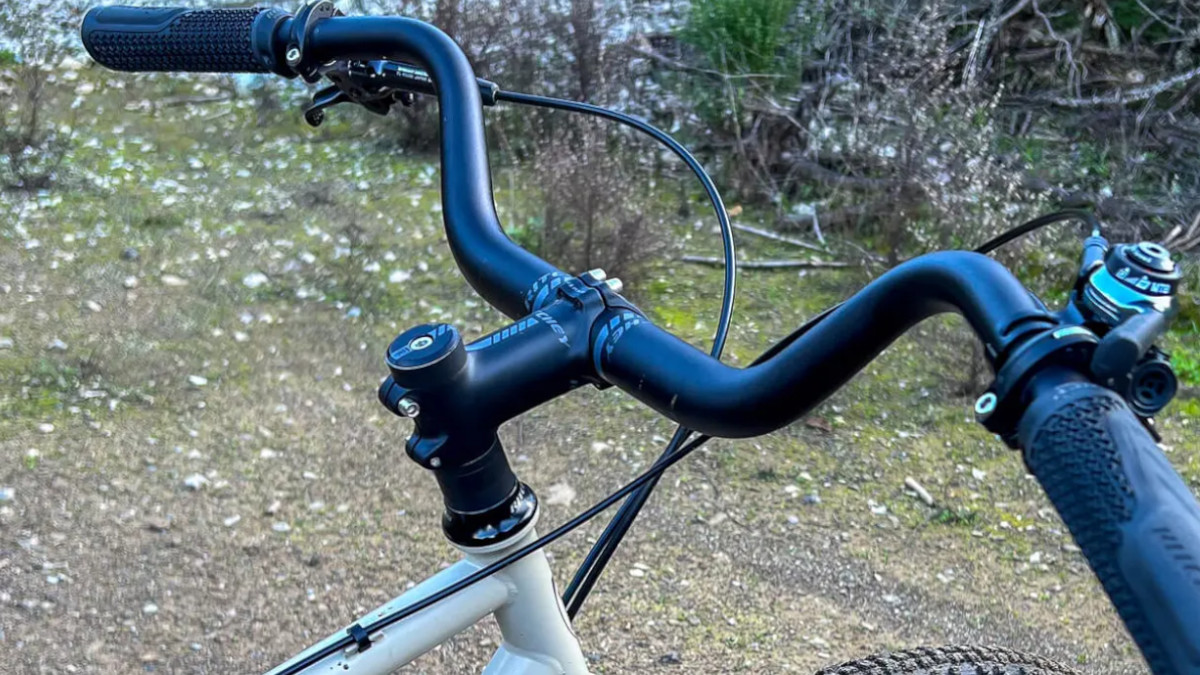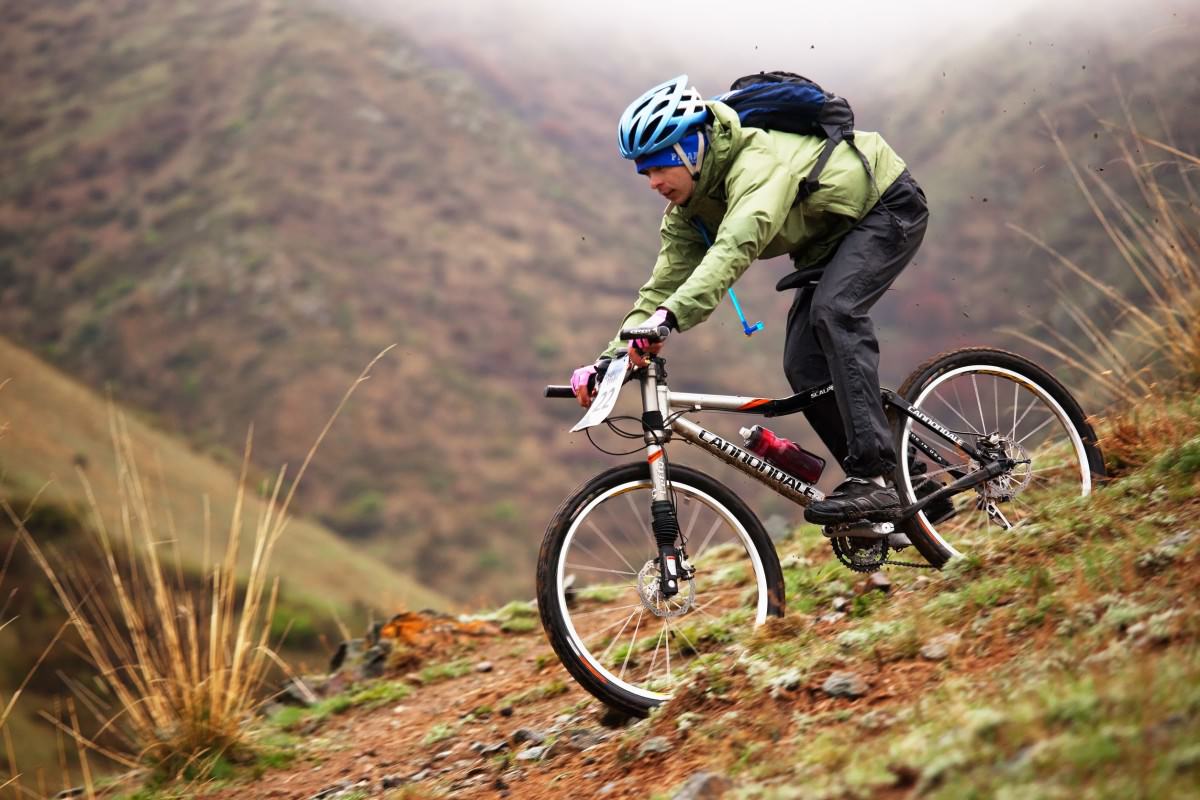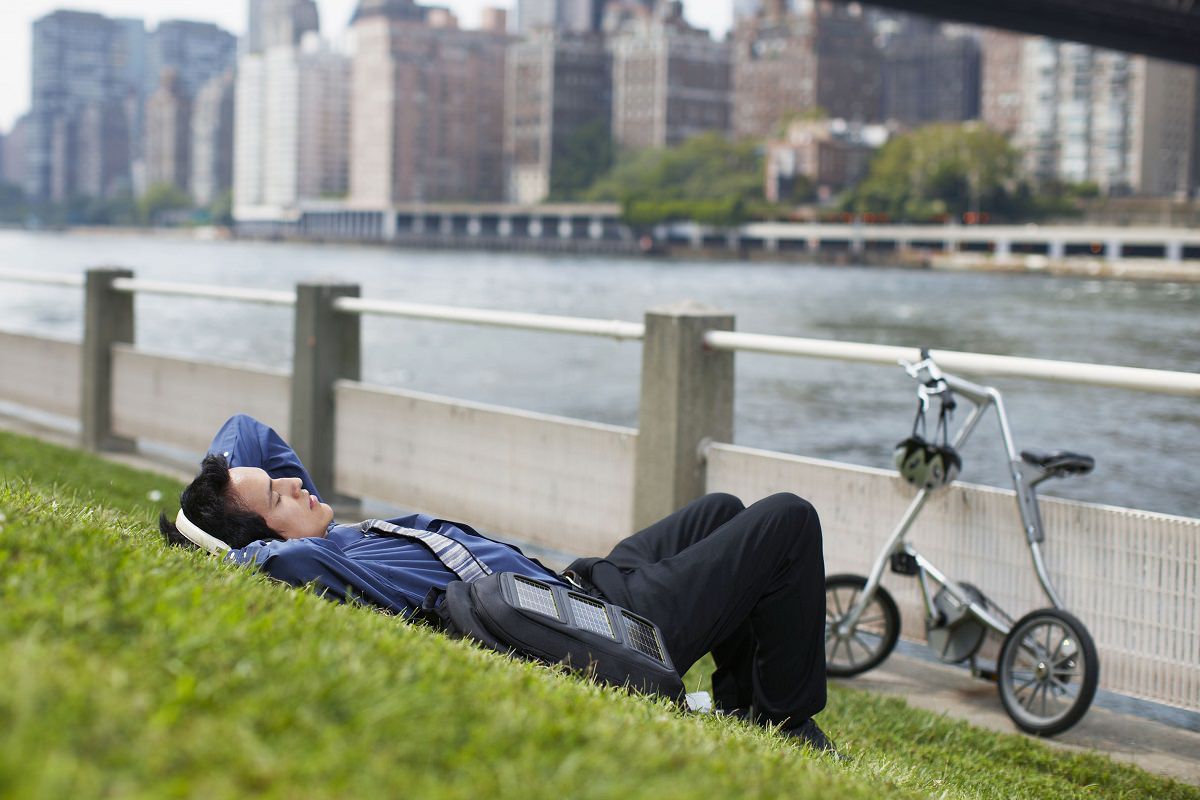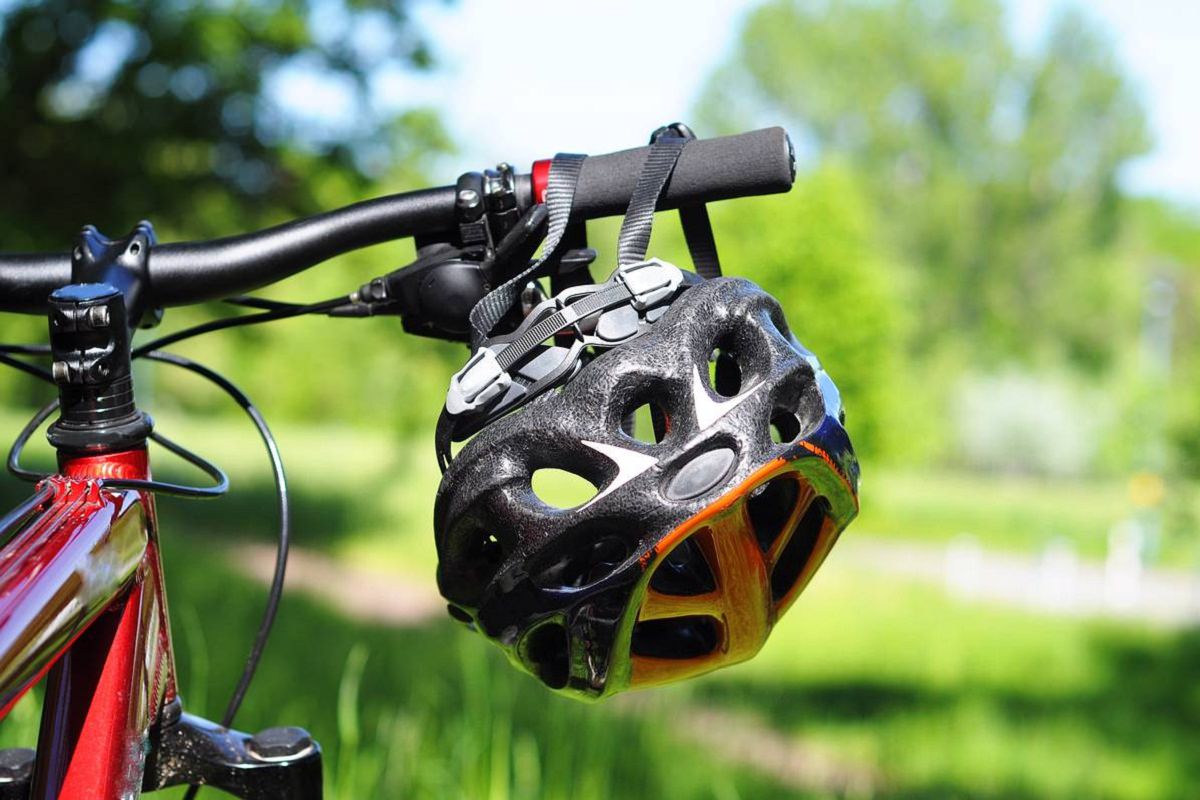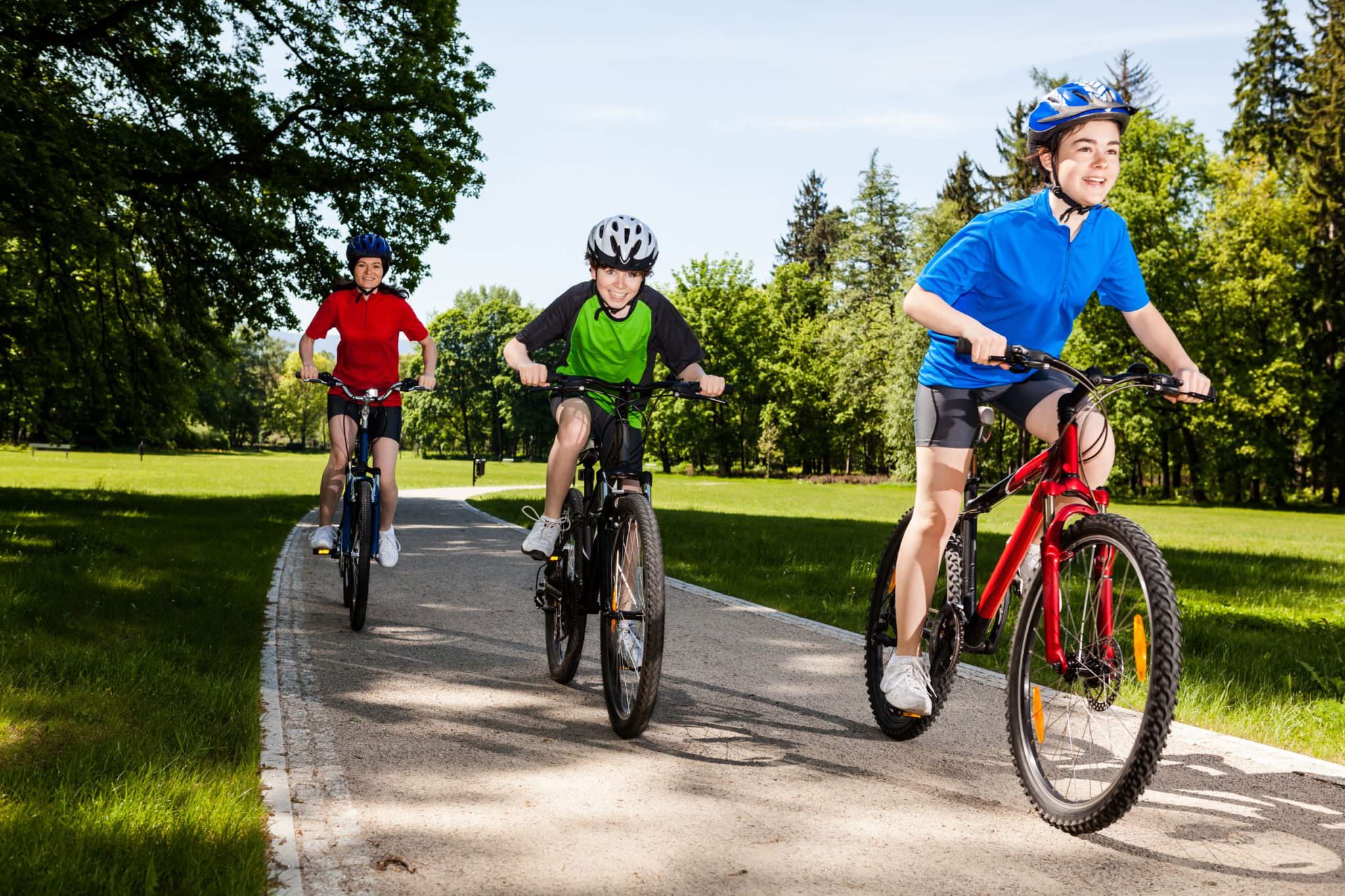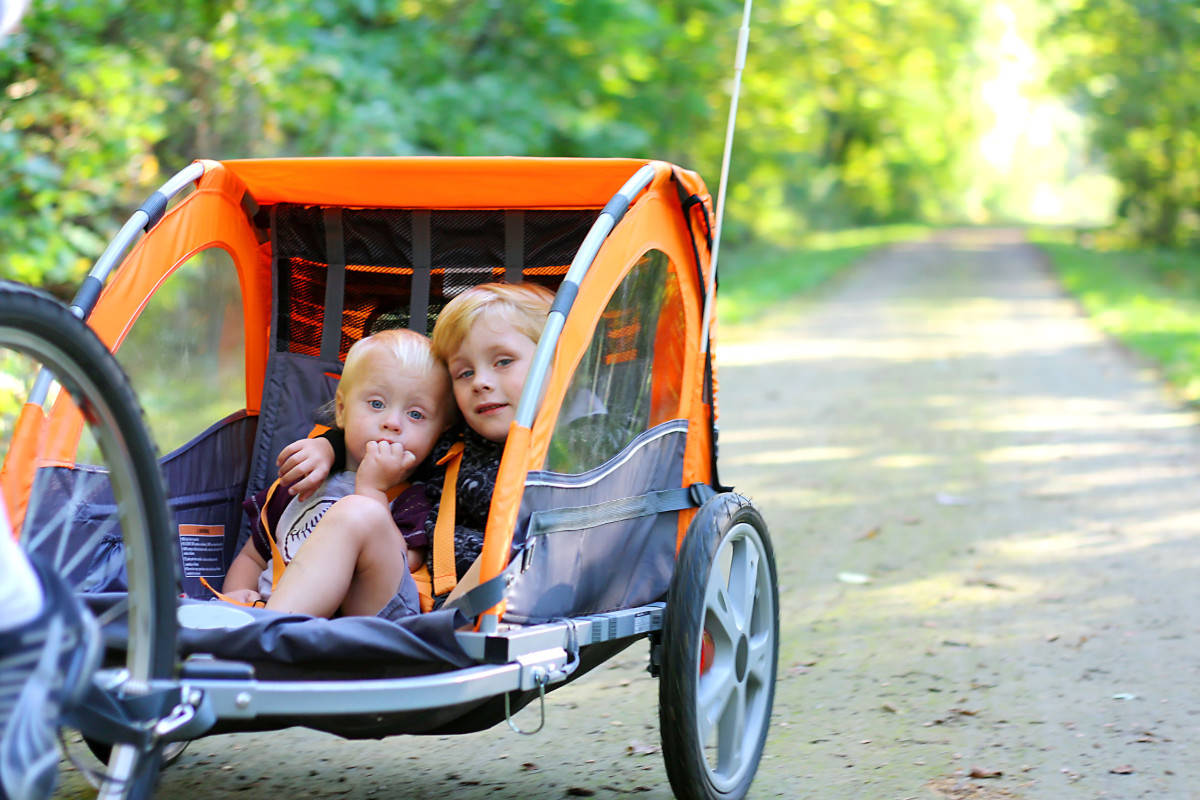Ouch! Who knew two wheels and a metal frame could cost so much money? I mean, compared to a car, bicycles cost peanuts but still, sometimes when you’re on a budget, you can’t afford a $5000 bike. Even if you can, you’d probably like to see if there are similarly good quality bikes at a better price, right?
When purchasing bikes, you’ve got options. You can go through a retail store. Some second-hand shops and bike resellers are also out there. There are ways for you to buy parts and build your own, or you could meet an average Joe online looking to sell his bike.
How To Find The Best Cheap Bicycles
Here’s the thing though; with all that freedom, you run into a big problem; when you have a million choices, how do you find the best one? Luckily, I’ve got your back.
1. Decide What Kind Of Bike Are You Looking For?
This is the first question you need to ask yourself when it comes to buying a bike. What do you want it for? What kind of bike suits your needs? Depending on what you’re using it for, makes the difference between whether you should get a mountain bike, or a road bike.
2. Choosing A Bike For Sport Riding
If you’re going to be going off-road, vying for power over the elements, and riding for sport, then what you want is a mountain bike. Mountain bikes are made with great suspension, they’re heavy, and their tires are big and knobby. These bikes also have a lower gear ratio and powerful breaks. A mountain bike is made to conquer harsh terrain, climb steep inclines, and deal with whatever nature throws in your path.
You use a mountain bike when you want to do mountain biking (duh!) or ride around off-road. It can handle winding, unpaved dirt paths, and sticks, stones, and even small potholes are no match for it.
You cannot hope to ride a mountain bike effectively in an urban setting; it’s not made to be able to match the speed of traffic. Its weight makes it difficult to get the bike up to speed from a full stop and it can become tiring to ride for long periods. On top of that, because of the handlebar design, long-term use can cause wrist and hand discomfort.
A mountain bike has no space for storage. You can’t use it to make grocery runs or carry your things to work.
If your interest is in off-road racing, BMX, tricks, or stunts, then you can’t go wrong with a good old BMX bike.
There are multiple variations for BMX designs; some closely resemble mountain bikes, while others have pegs attached to the wheels to assist in various stunts and tricks. Generally, though, many BMX bikes are lightweight (except the street variation), and about half do not have brakes, because some tricks require the ability to fully rotate the handlebars, and the rider needs to be able to complete these maneuvers without snagging the brake cables.
There are 5 main variations of BMX bikes:
- Park: The park style is the most lightweight of all, as park-riding is known for having smooth transitions between surfaces. Half of park BMX bikes have brakes, and the other half do not.
- Street: This variation is known for having the pegs used for various tricks, and for almost always having no brakes. These bikes are usually much more durable to deal with the hard surfaces one faces when doing urban BMX tricks. Don’t confuse the term “street” to mean this bike is good for casual use; it has the same problem as mountain bikes in that regard.
- Racing: Unlike the Street variation, the Racing BMX bikes almost always have brakes. These ones are not so much built for tricks and stunts as they are for speed. These bikes are made to allow the rider to pedal faster.
- Flatland: These bikes have a unique frame, and are built for balance.
- Dirt: This variation has a lot in common with the park bike. The main difference is that the tyres are made to handle the elements and rough surfaces better.
3. Bike For Racing
When you’re looking for a bike you can race with, you’re going to be sacrificing some comfort and practicality for speed. Here’s the thing, a racing bike is made for one thing and one thing only; to go fast. Racing bikes have good balance handle well, and are aerodynamic. They’re usually very light.
The wheels of a racing bike are interesting. Many racing bike wheels have very few spokes to reduce wind resistance.
Now then, you actually can use a racing bike effectively for casual riding, but here’s the thing; they aren’t made to be particularly comfortable, and they aren’t helpful for things like getting your groceries. That being said, a racing bike is, by definition, a fancy road bike, and most road bikes are great for commuting.
Similarly, a fixed-gear bike can also be good for track racing, or casual use. A fixed-gear bike is a bike that has only one gear. The gear’s movement is based on the pedals; therefore you cannot coast with a fixed-gear bike.
4. Bicycle For Casual Use
A typical hybrid bike or a touring bike are the best choices for casual use. A touring bike is built to be comfortable, to be able to carry heavy loads, and to be easy to control. Many touring bikes are made with a similar wheel style and geometry to racing bikes, making them great for use in the city. This is the ideal bike to have for your everyday use. It’s the kind of bike you would use to ride casually for long distances to run errands or commute to work.
There are also variations of the touring bike made for riding in rough terrain or off-road. There are even some variations made for racing or stunts.
You can also get a road bike. Road bikes are essentially comfortable racing bikes. That’s the main difference. They are not modified to go as fast as possible, they’re simply made to go relatively fast while remaining convenient and comfortable. These are the best kind of bikes to ride when you’re on the street with cars; it’s easy to get from a full stop to the speed of traffic riding one of them.
Both of these bikes are capable of supporting attachments such as a seat for a child or a cargo space. And that leads me to the next bike that is great for families and casual riders; the cargo bike.
I’ve talked about cargo bikes before on here because cargo bikes are awesome. Need to go grocery shopping? Use a cargo bike. Need to pick up the mail? Cargo bike. Own a business and want to do delivery? Cargo bike. Moving? Cargo bikes can help with that too.
Single-gear bikes are also an option. They are essentially fixed-gear bikes you can coast with. Most children’s bikes are single-gear bikes.
So now that you have an idea of what kind of bike you want, let’s look at how to get it.
5. Shopping For Bikes
So we’ve figured out the big question, but now you have to make another decision; where are you going to get that bike? And are you hoping for something brand-spankin’ new, or something second-hand?
From Retailers
The best place to get a new bike is straight from a retailer. The problem is, if you live in New York, for example, there are literally hundreds of places to go and buy a bike. So here is how you do it; below are the price ranges you can expect for the various types of bikes, the affordable range for good quality bikes, and tips on how to find good bikes in the affordable range.
Now, these suggested prices apply whether you’re purchasing a bike in-store or online. When you buy in-store, you have the benefit of being able to ask clerks for advice and you can physically see the various models. However, the downside is that you have to physically go there, and you’re limited by the available stock.
The upside to shopping online, conversely, is that you have nearly limitless options, but you don’t get to see and get a physical sense of the bikes, and there’s no store clerk to help you compare options. Also, while you have options, it costs money to have your purchases delivered to your home.
Mountain Bikes
Mountain bikes can get expensive. Some go for as much as $7000 and higher! But luckily for you, you don’t need to spend enough money to buy a car.
Many stores will try and sell you a really expensive mountain bike, but you don’t need to. You can get a cheap Hard Tail (a mountain bike without rear suspension), brand new, for about $800, and you won’t have to pay more than $1800 for a good full-suspension one.
What makes them pricey are the parts and materials. Mountain bikes are made to be heavy-duty and withstand just about anything, so a lot has to go into them.
Here’s a secret though; many of the things that make mountain bikes spike in price are cosmetic. In other words, the difference in quality between many $1500 bikes and $3000 bikes is extremely small.
What you want out of a mountain bike is a sturdy frame, good, durable suspension, and strong tyres.
BMX Bikes
Like mountain bikes, when you get into the upper price bracket, you start paying for things that are not entirely essential. BMX bikes are simple. For $300 you can get a great quality bike that can do everything a $1200 one can.
You can go cheaper, but at that point, you start to sacrifice the bike’s quality, which is fine, but if you want something that’ll last you a decade or more, then the little extra is worth it. For a BMX bike, suspension and brakes are less important; you want something that has a lightweight frame, great wheels, and great handling. That’s what matters more.
Retail prices vary widely for BMX bikes, so a good trick is to spot one you like and wait for it to go on sale.
Racing/Road Bikes
When it comes to a road bike, you don’t need to spend a ton of money on it. Here’s the thing; if you’re using a bike every day for commuting and casual use, it doesn’t need any fancy gizmos. The important thing is looking for something comfortable, reliable, and sturdy.
Most places that sell bicycles will have at least a couple of cheap road bikes with simple breaks, an effective gearing system, and a good seat.
Of course, if you plan to do some racing, it’s a different story. You’re looking for a bike that is designed for good aerodynamics. But again, unless you’re pre-drugs Lance Armstrong, you don’t need to spend a ridiculous amount on a racing bike.
Most of the things that make racing bikes so expensive are – you guessed it – cosmetic or extra.
The most important factors for a racing bike don’t cost an excessive amount of money; they are mostly shape and size-related. When it comes to materials, professionals use carbon fiber frames for their bikes, though steel, aluminum, and titanium are also extremely common.
You can get bikes with an electric assist to help you get up to speed and conquer hills easier, but they cost a little extra, so you have to consider if that is something you need. I recommend it if you live in a city with steep roads or aggressive traffic.
Single-Gear/Fixed-Gear Bikes
When I see stores trying to sell a single-speed bike for over $1000, I shake my head. Do not, DO NOT, pay so much for a single-speed. Here’s the thing; single-speeds and fixed-gears don’t cost nearly as much as most other bikes to assemble. They also cost you much less over-all in repairs, since there’s less bike to break.
That being said, single-speeds can leap up in costs when materials, brakes, tyres and wheels are factored in. However, even with that taken into account, you can easily get a great quality bike capable of doing everything you need of it, for under $400.
Cargo Bikes
Cargo bikes are expensive. It’s unfortunate, but here’s the thing; you get what you pay for. Especially if you live in the city and you’re not making long trips every week, a cargo bike can replace your car.
So what do you need to keep in mind when purchasing one? Safety, handling, and capacity. A bike that can handle a fridge is going to cost more than a bike that you use to move your groceries and children.
When purchasing one, you need to ask yourself what you need it for, because that’s a big cost factor. If you’re getting it for personal use, then you’ll be able to go for a nice inexpensive model with a good sized cargo area.
If you’re purchasing one for more commercial use, then naturally the cost will be a little higher; it needs to be much more versatile.
What To Look Out For When Purchasing A Used Bicycle
So let’s get the obvious downsides out of the way first. When you purchase a used bike, sometimes there can be some damage, it’s less than perfect, it may need some work done, and sometimes you can’t verify certain details about the seller.
Now here’s the good. You can get great quality bikes, used, that will last for years, for as little as $50 sometimes.
There are two ways to get used bikes; directly from the seller, or through a commercial medium/reseller. With the latter option, it comes out to cost a little more, but you can often get a wider selection and you have the business that connects you to the seller guaranteeing a safe transaction.
When it comes to purchasing directly from the seller, there are some things you have to watch out for. Remember to meet and complete the purchase in a public space for your safety. A good place to meet up for these kinds of transactions is outside of a police station. Many police stations don’t have any problems with this, and you can feel safe and secure (because really, who’s going to rob you in full view of a police station?).
The other thing you have to be careful is to make sure the bike you’re purchasing isn’t stolen! If you buy a stolen bike, you can be held accountable if you didn’t take reasonable steps to ensure the bike was acquired legally.
Here are some red flags that may indicate the bike you’re purchasing may be stolen:
- The seller refuses to provide you with a real phone number. Using a fake phone number or avoiding phones all-together is a common tactic thieves use to sell their loot because it’s easy to track a phone number to someone’s real identity. You should always get a phone number, for a variety of reasons. Being able to contact the seller is important if something comes up or you’re running late for the meeting.
- They refuse to provide you with a real name. If your seller is John Doe, you may want to re-think that purchase. Fake names and aliases are common among thieves. If a seller is refusing to provide a name, you have to wonder what they are trying to hide. In a similar vein, it’s also a huge red flag if the seller has fake social media accounts.
- If the deal seems too good to be true, it probably is. Sorry, but nobody in their right mind would try to sell off a lightly used $3000 mountain bike for $200 unless it was the hot property they needed to get rid of as soon as humanly possible.
- If the person does not own a business that trades used bikes but is constantly selling them, you have to wonder why Dave from the suburbs has dozens of used bikes he’s selling.
- They refuse to provide a serial number for the bike.
To avoid purchasing stolen bikes, and to protect yourself in case you do, the Danish police advise you to get the real first and last name of the seller, their phone number, home address, and the serial number of the bike you’re purchasing.
What Accessories/Add-Ons You May Need
OK, so now you’ve got your bike. What next? We’ve prepared a handy checklist of things you ought to have when you buy a bicycle.
1. A helmet
A helmet will save your life. Especially if you ride your bike in traffic, you would have to be stupid to go without one. If you’re riding on the grass or something it’s not such a big deal, but think about this. If you fall off your bike in the city, your skull is going to become acquainted with the concrete.
Let me tell you, you’ll be really happy you wore a helmet if you wipe out and smash your head against the hard ground. And if you didn’t wear one, then well, imagine firing a watermelon toward the pavement at 10-20 kilometers per hour. That’ll be your head.
2. Knee and Elbow Pads
Again, if you fall – and you will – you’ll want these. I know, putting on these pads sucks in the mornings. But you know what sucks more? Breaking your elbow. Buy some elbow and knee pads.
3. A Speedometer
A speedometer for your bike is handy if you ride on the roads. It’s important to know how fast you’re going when you’re matching cars. You can get them for as low as $15 on Amazon.
4. Reflecting Clothing
They are important, especially for days with low visibility. Remember, a cyclist’s greatest danger is a motorist. Make sure you’re noticeable. Don’t worry, you won’t look like a dork. There’s plenty of fashionable clothing for cyclists to wear that will look great on you.
5. Get Mirrors
They are great to have, especially for people who ride on the roads. But really, the ability to see behind you without turning your head around is a great advantage to have.
6. Get Lights
If you’re riding in a storm or the dark, get lights. This isn’t just for yourself, but for others too. Even if your night vision is just fine, without a light, you might be pretty hard to spot from a Ford at 10 PM on an unlit street. Similarly to getting reflective clothing, it makes yourself more noticeable, and that helps cut down your chances of winding up embedded in someone’s bumper (Don’t let that comment scare you: bikes are safer than cars).
7. Bike Locks Are Key (pun intended)
You wouldn’t want some asshole stealing your bike, right? If you don’t get a lock, your bike could end up on this list.
8. A Tire Pump
This thought might not have occurred to you, but what are you going to do when your bike tires run low on air? You don’t want to be stuck without a pump. Riding on flat tires is not fun, I promise.
9. A Repair Kit
On that note, you should also look into how to do minor repairs on your bike (see more on that below). It’s like a car; you should know how it works and how to fix the minor issues yourself because you’ll save yourself a lot of money and headaches in your future that way. Don’t be that guy who has to take your bike to the shop for every little problem because you don’t know anything about bikes.
When purchasing bicycle accessories, do your research. Nothing sucks more than buying an attachment or accessory that doesn’t fit on your bike. And like always with purchasing anything, read product reviews to find out which brands are known for being the best.
Don’t Forget To Get Bike Repairs
Repairs are an expense that people don’t consider often when it comes to bikes. Many small issues can be dealt with yourself. There are plenty of guides online, and this site has a series of comprehensive articles explaining how to do all kinds of things, from how to disassemble various parts of the bike to how to thoroughly clean it.
Changing the tires, and replacing the chain, pedals, handles, and even the brakes, are all things you can do yourself with the proper tools. Just be careful to do things properly so you don’t turn a small problem into a big one.
FAQs
What is the most cheapest bike?
Schwinn Elm Adult Fixed Gear Single-Speed Bike is one of the cheapest bikes available online just for $100.
Do cheap bikes last?
Cheap bikes do not last long because they are built using cheap materials. They are not a good option in the long run.
Recap
Properly maintaining your bike is a good way to avoid having to fix it all the time. That means keeping the moving parts lubed, the tires full of air, and regularly cleaning the bike. You should do a thorough cleaning every few weeks, and a quick clean-up on an as-needed basis. Neglecting your cleaning can cause all kinds of issues down the line. Besides, cleaning your bike is a good excuse to inspect it, and can help you unveil existing problems before they start to impact your riding.
Also Read
- Expert Biker Tips On How To Find Good Cheap Mountain Bikes
- 12 Best Mountain Bikes Under $500 For Adults And Kids!
- Best Gravel Bikes Under $500
- Best Inexpensive BMX Bikes
Should you have any questions or require further clarification on the topic, please feel free to connect with our expert author Dillon Hiles by leaving a comment below. We value your engagement and are here to assist you.

